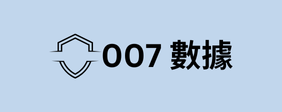In an increasingly interconnected world, where communication is paramount, the humble phone number holds surprising power.
It’s not just a string of digits; it’s a unique Understanding the World identifier, a key to connectivity,
and a fundamental component of our digital lives. Behind the seamless connections we experience daily lies a complex infrastructure,
a core part of which is the phone number database.
Far more than simple digital phone books, these databases are sophisticated systems with diverse applications, raising important questions about privacy, utility, and the future of communication.
At its most basic
a phone number database is an taiwan phone number list organized collection of telephone numbers.
However, this simplistic definition belies the intricate nature and varied forms these databases take.
They can range from personal contact lists stored on a smartphone to massive,
globally interconnected systems managed by telecommunication companies,
governments and businesses
Each type serves a distinct purpose,
yet all share the common building and maintaining efficient contact lists the World goal of facilitating communication and identifying individuals or entities through their phone numbers.
One of the most common and widely utilized forms of phone number
databases is the subscriber database maintained by Mobile Network
Operators (MNOs) and landline providers.
These colossal repositories
contain the phone numbers of all their active subscribers, along with crucial
associated information such as canadian data subscriber names, addresses, service plans,
and billing details. This data is essential for routing calls and messages, managing accounts,
and providing customer support. Without Understanding the World these comprehensive databases,
the global telecommunications network, as we know it, would simply cease to function.
Every time you make a call or send a text, these databases are working in the background,
instantly verifying and connecting you to the intended recipient.
